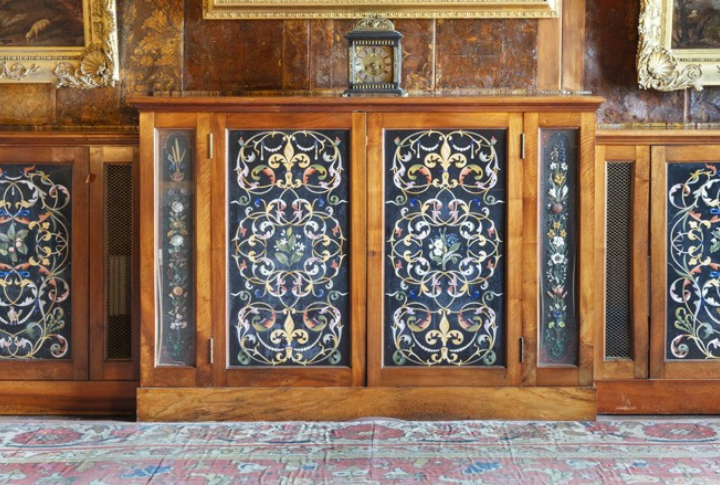
Homes in the 1940s carried a warmth that went beyond architecture. Shapes and spaces told quiet stories of their time. As decades passed, many of those touches quietly faded away. What remains is a sense of timelessness hidden behind walls that once knew a very different kind of daily life—like these forgotten details.
Milk Delivery Doors
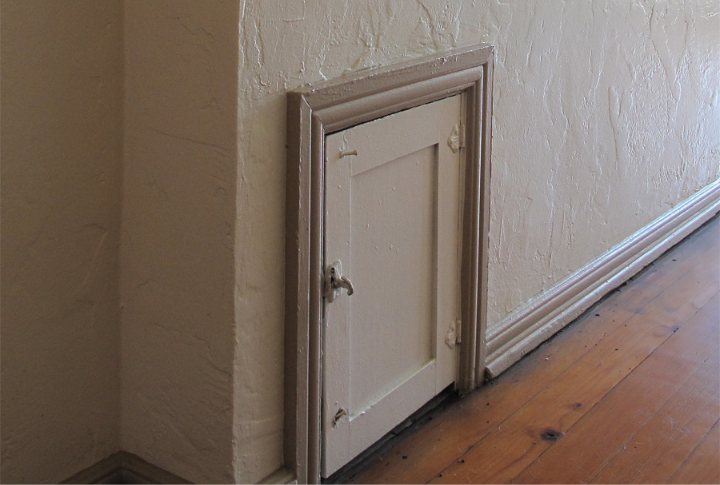
These little doors, built between kitchen walls, let milkmen deliver bottles straight into the house. One door faced the porch, the other the kitchen. Refrigeration and rising car ownership gradually ended the milkman’s rounds—and with him, these quirky doors.
Coal Chutes
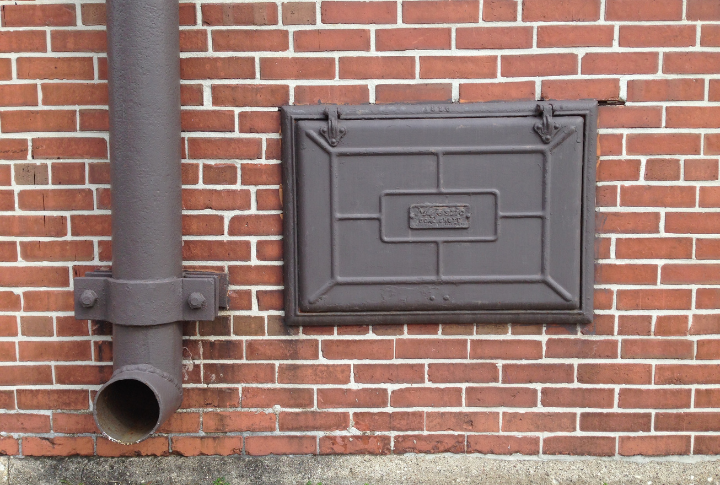
Coal dropped through a chute, slammed into basement bins, and left dust in its wake. A small door on the home’s exterior fed the system. These metal flaps lost their purpose once oil and gas heating took over. In older residences, they sometimes appear—rusted, unexpected, and oddly out of place.
Built-In Phone Niches
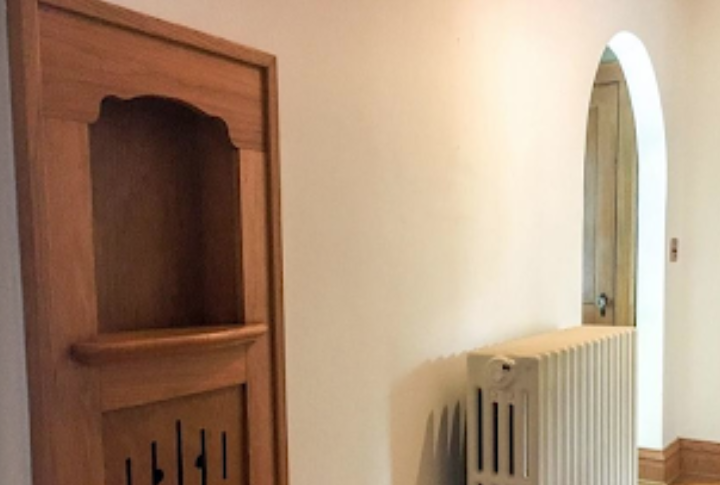
What was once a wall nook designed specifically for the phone, often accompanied by a notepad, stubby pencil, and gum wrappers, was replaced by cordless phones. These devices liberated conversations from being confined to one spot.
Clothesline Pulleys
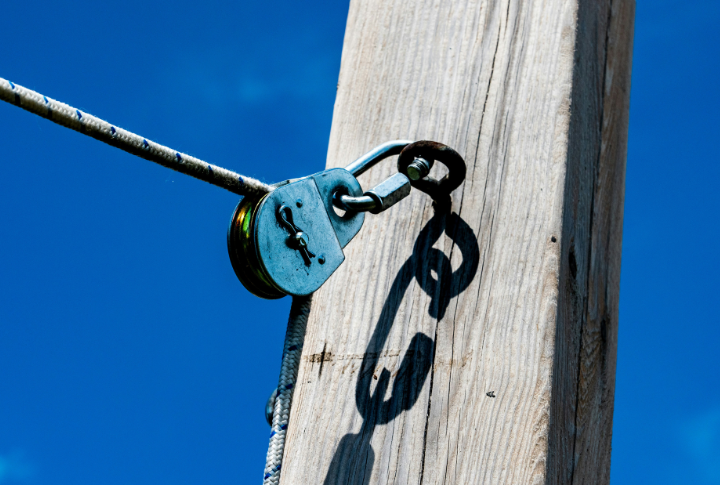
Laundry zipped across pulley lines from house to pole, with sheets moving overhead while feet stayed on the porch. Electric dryers altered washday routines, but for those who kept the pulley system, the reward remained: crisp, sun-dried clothes with no buttons pressed.
Servant Call Buttons
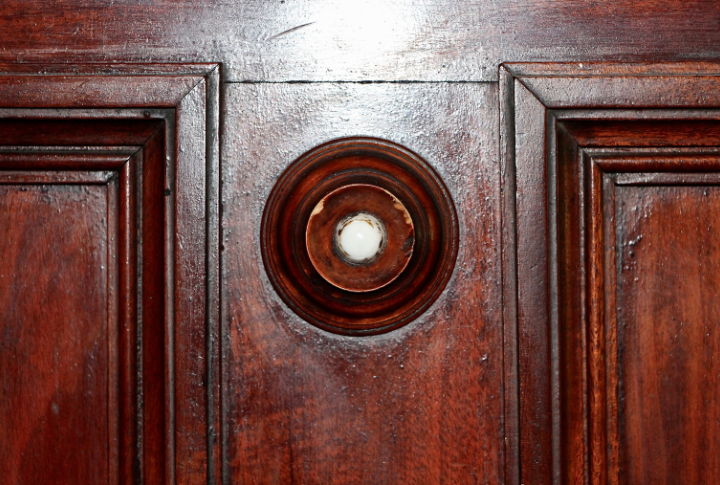
Buzzers once hid beneath dining tables, inside walls, or even under rugs, each triggering a signal to the kitchen or back hall. There was no need to shout across rooms. These systems quietly vanished as household structures changed.
Rumpus Rooms
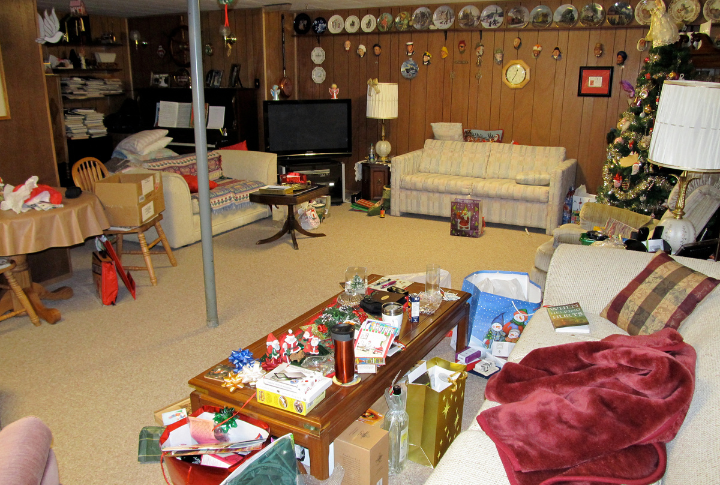
Downstairs, past creaky steps, a linoleum-floored kingdom awaited. Forts, puzzles, and sock slides filled this anything-goes zone. “Rumpus room” felt like permission to be loud. Eventually, the term faded and was replaced by sleeker labels—family room, rec room, bonus space.
Fold-Down Ironing Boards
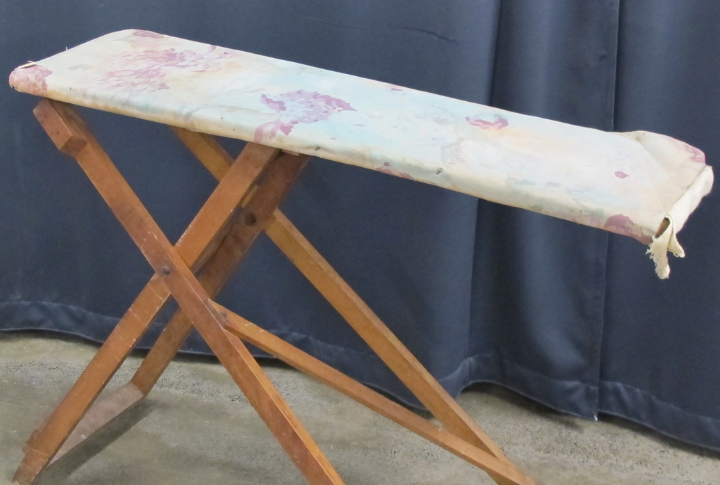
One pull and the wall opens like a secret passage, revealing an ironing board ready for duty. No storage is required. Fixed into kitchens or laundry nooks, these boards don’t clutter floors. As home layouts shifted, their popularity shrank.
Glass Doorknobs
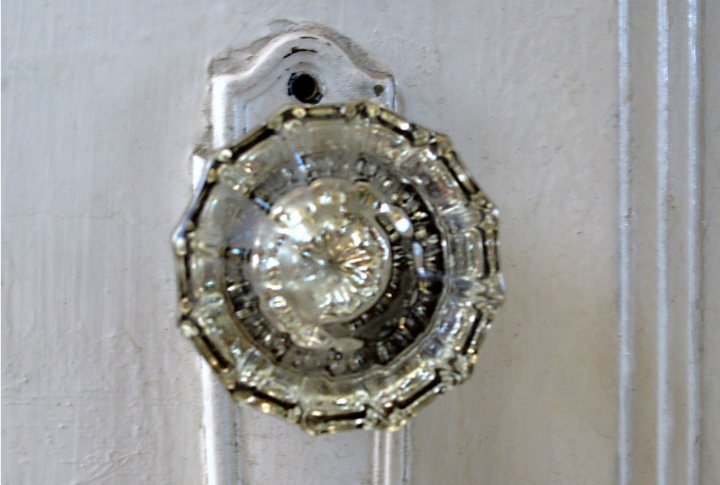
Although metal eventually replaced them, these glass knobs—hard as crystal, light-catching, and often pink or amber—were once valued for their practicality, not luxury. In the postwar years, glass was inexpensive, and homes sparkled with it.
Skeleton Key Locks
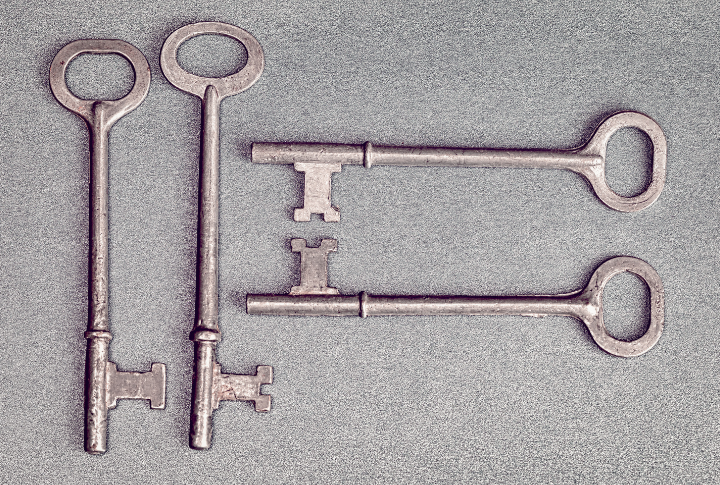
Twisting one oversized key to open a dozen doors felt clever—until the key vanished. These iron-heavy locks made security feel dramatic. Eventually, compact pin-tumbler locks commanded the spotlight. The old versions are still found in forgotten rooms, often locked forever.
Push-Button Light Switches
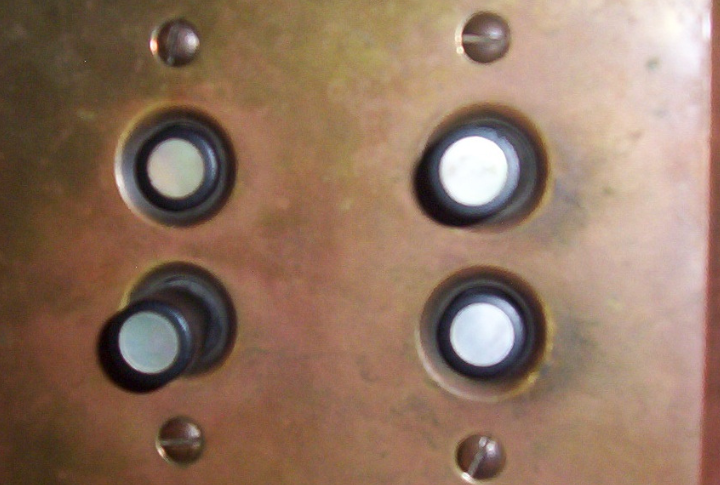
Click. One button lit the room, and another turned it off. Sleek and stacked, these early switches felt futuristic. Too bad they wore out fast. Toggle switches arrived with better endurance. Modern designers occasionally bring push-buttons back for the charm they add to an ordinary flick of the lights.
Kitchen Pass-Throughs
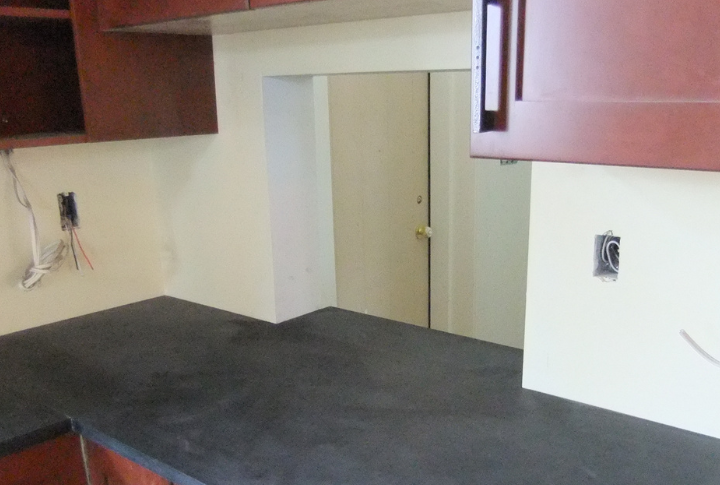
Beyond simple openings, these framed cutouts linked the kitchen to the dining room for quicker mealtime flow. Sliding doors or shutters sometimes completed the look. As open-concept layouts took hold, many were covered over. During remodels, a few turn up again.
Radiator Covers
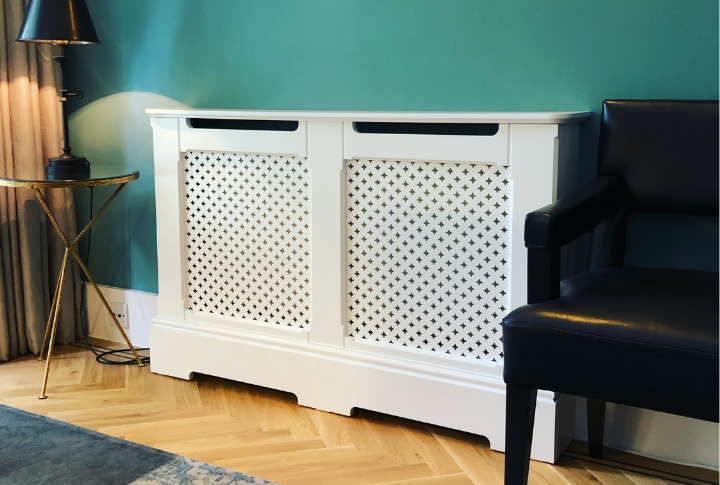
Boxes made of wood or punched metal disguised as hulking radiators while preventing burns. Some were simple, others ornate—shelves on top, air vents in front. As central heating moved in, radiators moved out, taking these covers.
Venetian Plaster Walls
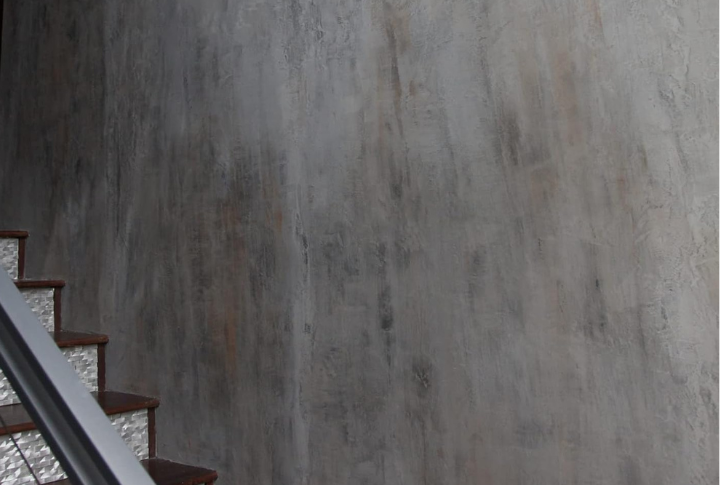
Cool to the touch and softly gleaming, Venetian plaster wasn’t just paint—it was craftsmanship. Layered with care, it gave walls a sense of depth and quiet luxury. However, drywall’s speed and simplicity pushed it aside. Still, some homeowners keep the finish today.
Ceiling Clothes Dryers
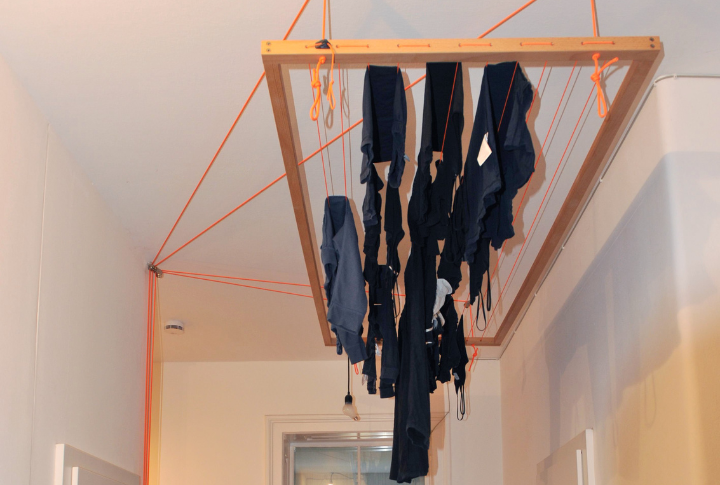
Wooden racks, once common in kitchens and utility corners, would glide up and down on pulleys, resembling laundry chandeliers. They kept clothes out of the way, hanging neatly above. With the advent of dryers, these racks nearly disappeared.
Kitchen Worktables
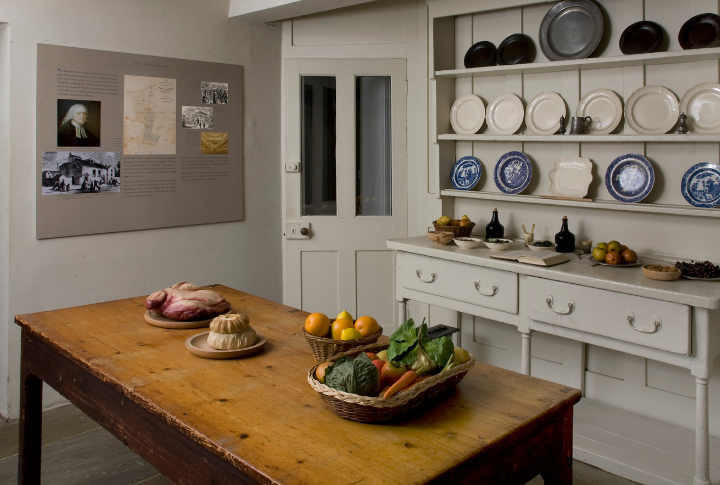
Big wooden tables didn’t just hold groceries—they held stories. The dough got rolled, the vegetables chopped, and letters were written. Counters and islands came later, more fixed and polished. Many were repurposed, others discarded.
Root Cellars
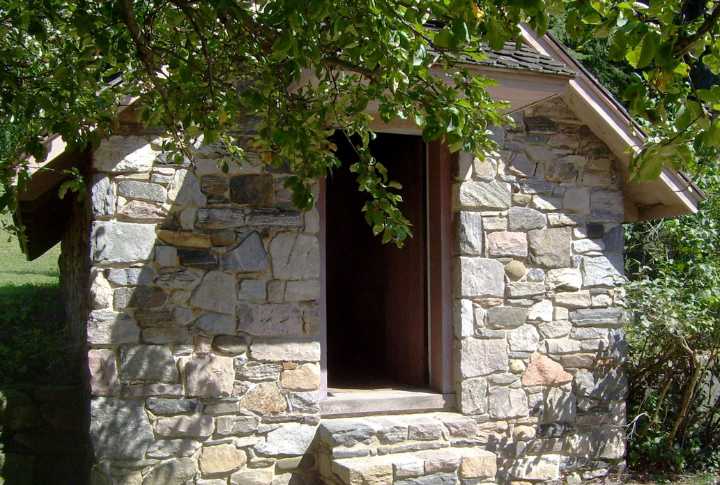
Beneath the floorboards, cool air and thick stone walls preserved onions, apples, and winter squash. The earth’s natural conditions did the work. Canning jars stood in neat, unwavering rows. But as fridges became more common, cellars slowly emptied.
Roller Towel Cabinets
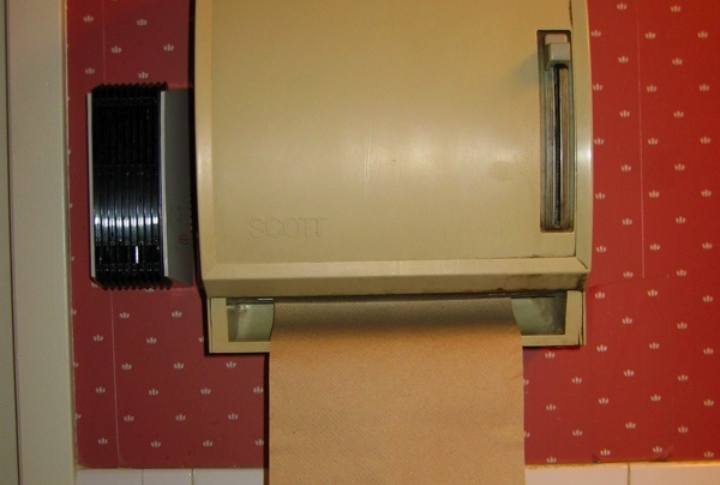
Instead of paper towels, kitchens used one long loop of fabric pulled through a wall-mounted box. You dried your hands, and the towel kept turning. Simple in design but far from hygienic, paper soon replaced it for convenience.
Steel Kitchen Cabinets
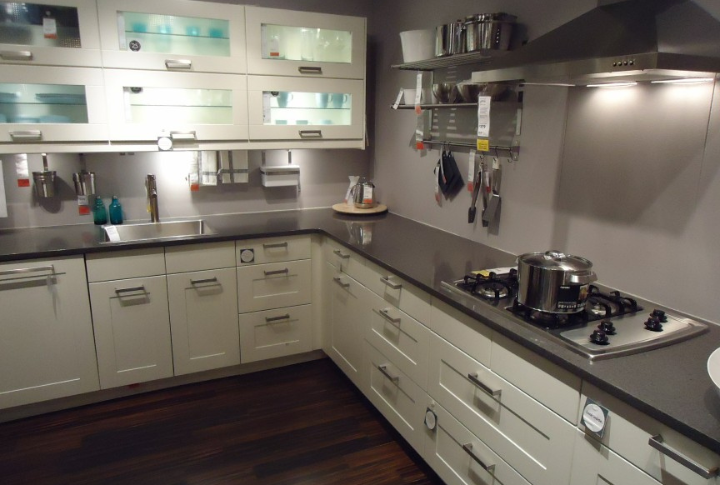
Sleek, pastel, and practically indestructible steel cabinets were a postwar favorite. They wiped clean, resisted pests, and made kitchens look modern. But the clang, the cold, and the uniformity wore thin, and warm wood replaced them. Today, restored sets fetch high prices.
Telephone Stands With Seats

Before phones became portable, they had a designated spot—typically next to a small bench with a drawer. These “gossip benches” turned phone calls into a ritual. Callers would sit, jot down notes, and sometimes stay tied to the line for hours.
Patterned Linoleum Floors
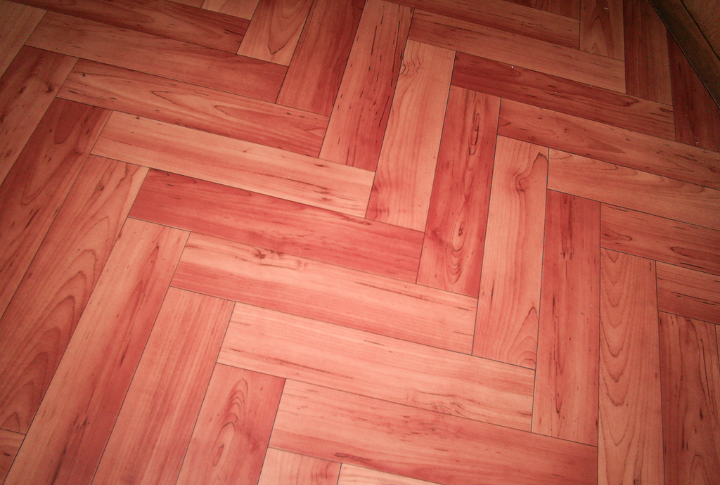
Kitchen floors once came alive with checkerboards, wild swirls, and colorful faux tiles. Linoleum held up to spills and scrubbing, but over time, the seams lifted, and the colors dulled. Vinyl stepped in with a quieter style. Even so, some homeowners hunt for original rolls.

